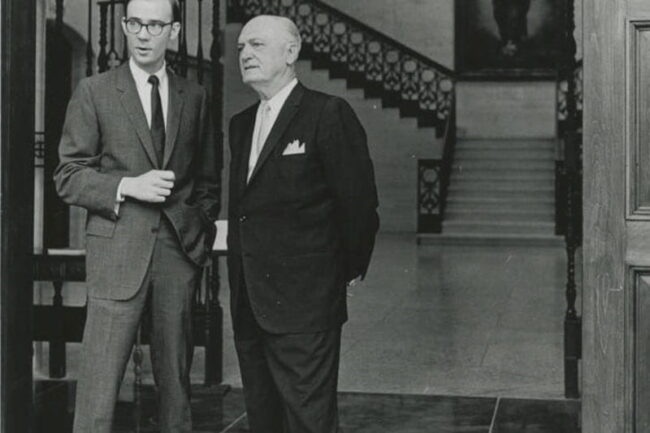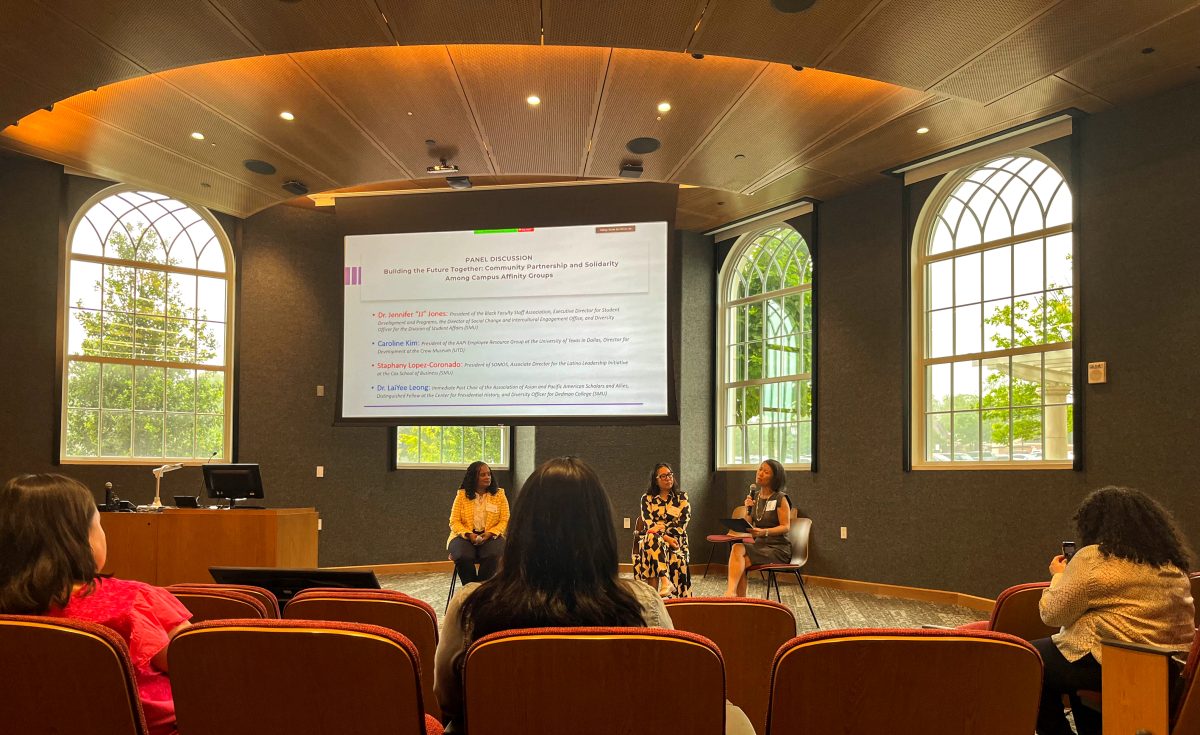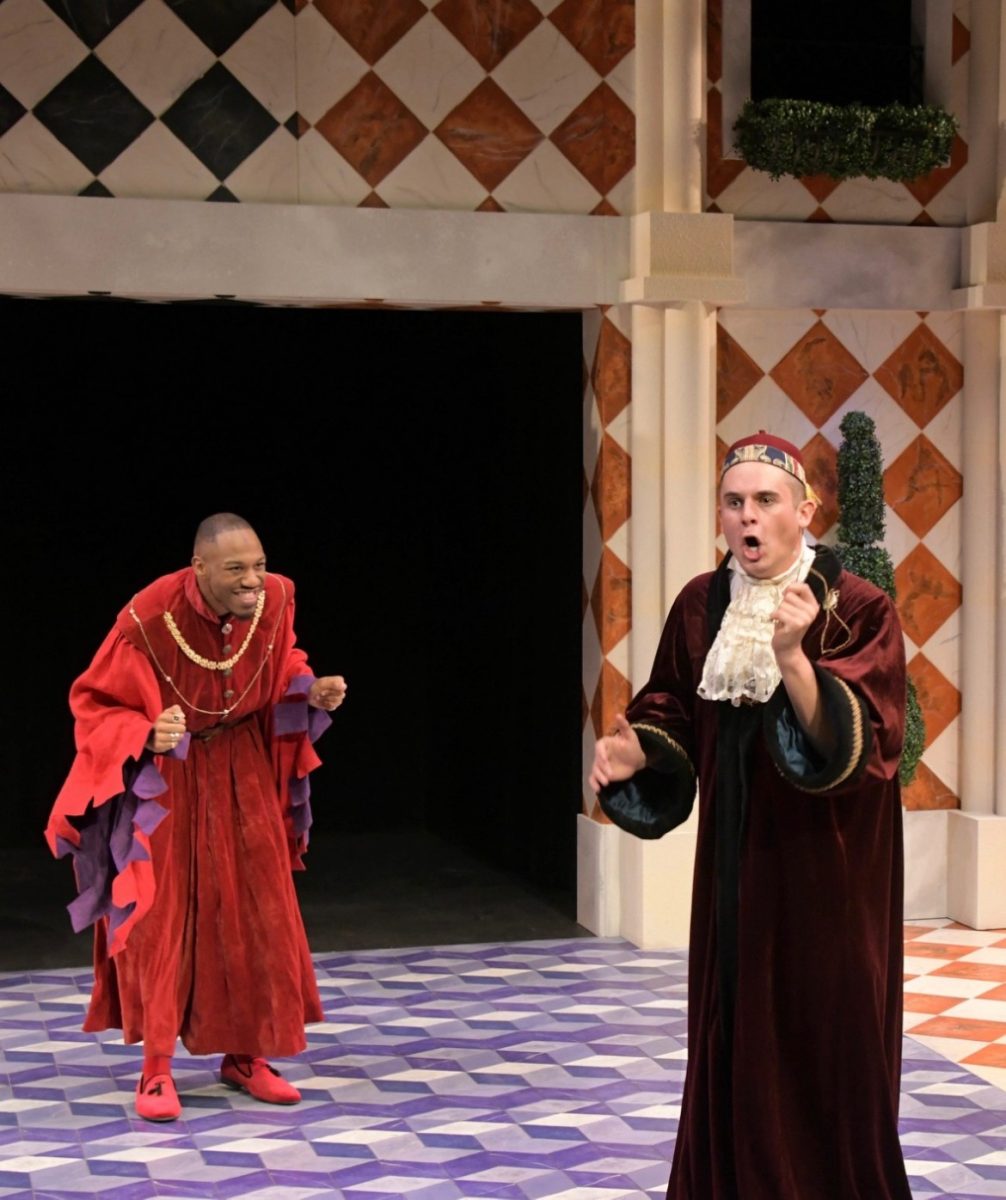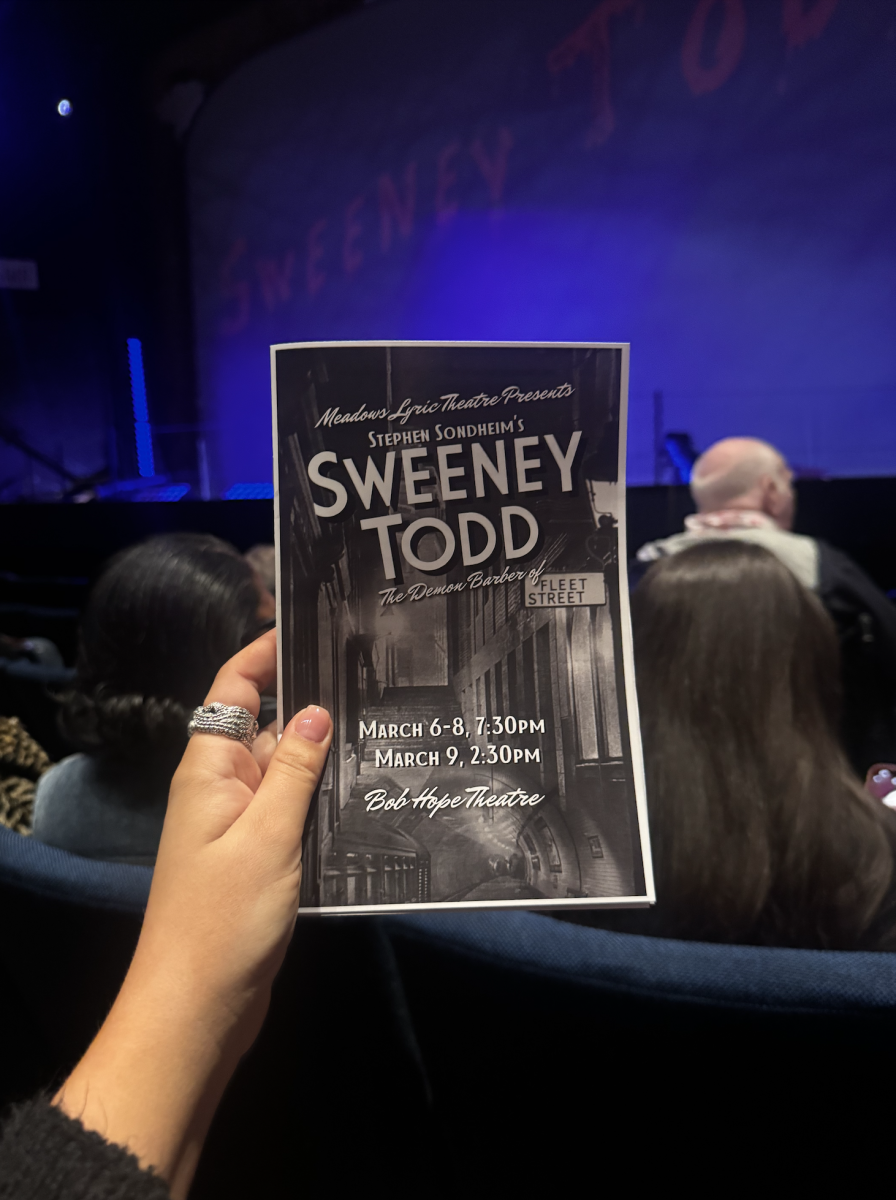By Katherine Gring
When Algur Hurtle Meadows, the famed Texas oil tycoon, first traveled to Madrid in the late 1950s, he did so with the intention of expanding his business overseas. Algur had just received an exclusive contract from the Spanish government to look for oil in Spain and was eager to begin drilling. He certainly never imagined that the business venture would ignite a lifelong love affair, not with Spanish oil, but with Spanish art.
Algur was staying at the Ritz Carlton Hotel, which, to this day, sits just across the street from the Museo Nacional del Prado, the Spanish national art museum. After wrapping up a set of meetings early, he sauntered over to the museum for the afternoon, and, as they say, the rest is history. Algur instantly became enamored with Spanish artwork, and it didn’t take long before he became an avid collector himself, accumulating works by renowned artists like El Greco, de Goya, Dalí and Picasso.
After the death of his wife Virginia in 1961, Algur gave Southern Methodist University funds for the construction and endowment of a museum on campus to house what had quickly become an extensive personal collection of Spanish art. To recognize his generosity, SMU trustees later named the university’s school of the arts in his honor.
“The big joke we always make is that he didn’t find oil in the ground, he found oil on canvas,” said Amanda W. Dotseth, curator of the Meadows Museum at SMU. Algur’s initial art donation was an essential part of the museum’s foundation, but in the decades since, it’s grown even more. Today, the Meadows Museum is nicknamed, “Prado on the Prairie,” because it contains the largest and most comprehensive collection of Spanish art outside of Spain. When the museum was renovated in 2001, King Juan Carlos I and Queen Sofia of Spain flew in from Madrid for the occasion.
Amanda explained that while the museum does house art from other countries, its primary mission will always be to advance knowledge, understanding and appreciation of the arts and culture of Spain. “Because of that, we have collaborations with a number of Spanish museums,” she said.
The museum’s latest collaboration, “Canvas & Silk: Historic Fashion from Madrid’s Museo del Traje,” which opened in September, explores historic Spanish fashion through the lens of Spanish art. The exhibition marks the first large-scale collaboration between a major Spanish institution and an American museum. The exhibition pairs nearly 40 paintings from the Meadows Museum’s permanent gallery, most of which are originally from Algur’s personal collection, with historical garments from Madrid’s Costume Museum. The partnership between the two institutions aims to shed new light on the complex relationship between representation and reality. This installation marks the museum’s first collaboration with Madrid’s premier costume museum and it will run until January 9, 2022.
Amanda co-curated the exhibit with Elvira González from Madrid, who she credits with highlighting the importance of accessories in historical Spanish fashion. “We tend to forget those a little bit because they just seem to assist the primary garment,” Amanda said. “But in many ways, they were the items made out of even more precious and exotic materials than the garments themselves.” Amanda said that working with historical attire that perfectly resembled the items worn by the subjects in Algur’s beloved paintings, “brought the collection to life.”
Her favorite part of the exhibit is Luis Jiménez Aranda’s oil painting, “Lady at the Paris Exposition,” which depicts a woman wearing a bright, stylish dress at the recently constructed Eiffel Tower. “What was funny about that piece, was that the Museo del Traje did not have garments that matched,” she said. “But they did have lots of accessories.” The large, vibrant painting, originally from Algur’s personal collection, is shown alongside several 19th-century accessories from the costume museum, such as a carousel umbrella, a walking stick and a black top hat. “We call it the Mary Poppins section,” she laughed. These items perfectly resemble those worn by the woman presented in the painting and give special insight into the fashion at the time the painting was created.
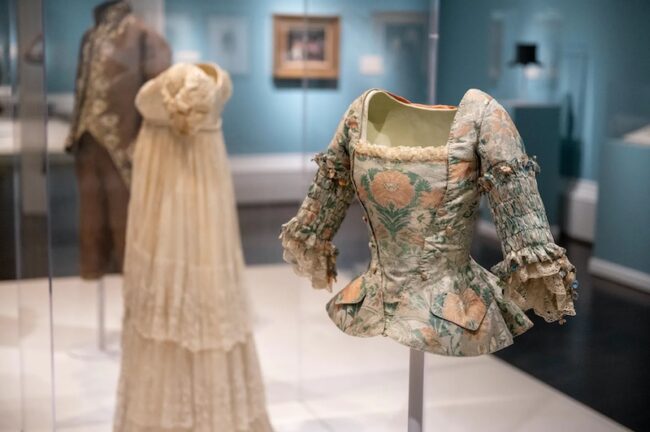
As for the art that isn’t showcased in the Meadows Museum, it’s with Algur’s descendants, who treasure it dearly. “There’s something so incredibly beautiful about art because it does, in theory, last forever,” says Isabel Meadows, Algur’s great-grand niece and a third-year undergraduate student at SMU. “There’s so much we’ve learned from art and from Algur’s love of art,” she said. Her favorite piece of Algur’s personal collection isn’t displayed in the Meadows Museum, but in her family home in Beaumont, Texas. It’s a piece of silver gifted to her family from the King and Queen of Spain.
Algur’s love of Spanish art has been passed down. Isabel says that because of Algur, who she affectionately refers to as “Uncle Al,” she and her four siblings grew up with a unique appreciation for Spanish art at a remarkably young age. While, for some, viewing authentic Spanish art on display is a once in a lifetime occurrence, Isabel has been to Spain more times than she can count, though her family always treats the occasion as if they’re going for the very first time. “We’ve always gone to museums with someone from the museum who talks about each piece and who really makes sure we know everything about it and appreciate it,” she said. “We’ll always split the visit up over the course of several days.”
Isabel is one of the first in her family to attend SMU. This comes as a surprise considering the extensive contributions made to the university in her family’s name, but Isabel insists that this was simply the way her Uncle Al lived. She explained that it didn’t matter he had no personal ties to SMU, he simply wanted to give to the people of Texas. “He was really someone who cared about his legacy and what he left behind,” she said. “The Meadows Museum and the Meadows School were ways for him to feel like he was helping other people.”
For a man who now holds such an extraordinary reputation, Algur came from humble beginnings. He was born on April 20, 1899, in Vidalia, Georgia, a town about an hour away from Savannah. He was born the third of seven children to John Morgan and Sally Marie Elora Meadows. He had five sisters and one brother. His mother was a homemaker and his father was a farmer and country doctor. “They were a close-knit family,” said Eric Meadows, Isabel’s father and Algur’s grandnephew. “They took care of each other and always welcomed strangers into their home.”
After receiving his high school diploma from Vidalia Collegiate Institute in 1915, Algur studied at Georgia Alabama Business College and Mercer University, both located in Macon, Georgia. He left Macon to travel around the South, working a variety of jobs, until finally settling in Louisiana.
Algur first developed a name for himself while working for the Standard Oil Company, an oil refinery based in Shreveport, Louisiana. During this time, he married his first wife, Virginia Stuart Garrison, who was originally from Oklahoma. He worked as an accountant for the oil refinery during the day and studied law at night, ultimately earning his law degree. He was admitted to the Louisiana state bar in 1926.
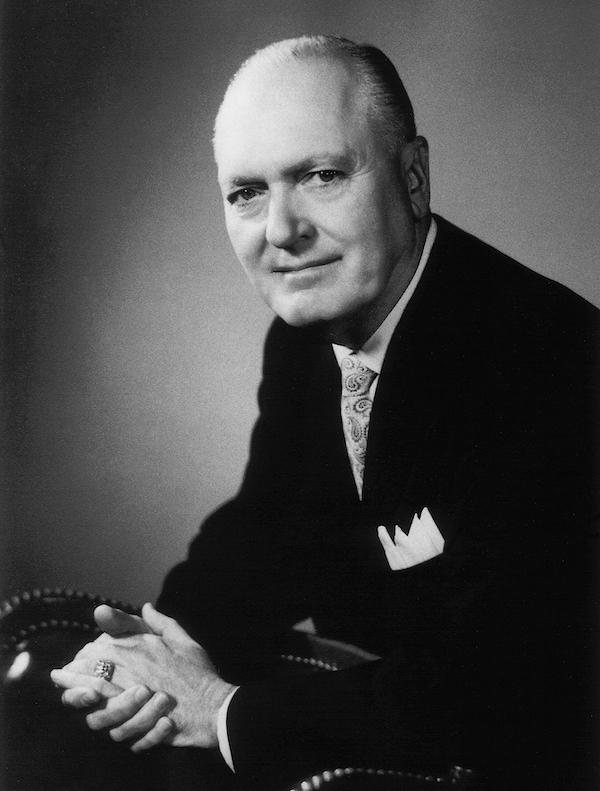
In 1928, Algur co-founded the General Finance Company, a loan company, which later became the General American Finance System. In the summer of 1936, Algur united with several other businessmen to form the General American Oil Company and moved its headquarters from Shreveport to Dallas the following year. The venture was an immediate success, largely due to an innovative method of acquiring oil-producing properties that Algur developed himself. General American Oil Company ultimately became one of the nation’s largest independent oil companies. It was later sold to Philips Petroleum in 1983. Over the next two decades, Algur’s company acquired nearly 3,000 oil wells in 15 states and in Canada.
It was around this time that Algur received his contract with Spain to drill for oil there. “He was enthralled by the Spanish old masters,” Eric said. He reiterated that while Algur never found the oil he was searching for in Spain, he began, “collecting oil paintings of the great Spanish artists he fell in love with there.”
At this time, Spain was ruled by Francisco Franco, a dictator who took control after the Spanish Civil War. Its economy was plagued by an inflation crisis and the country was still recovering from World War II. For an American businessman traveling at the height of the Cold War, it wasn’t particularly inviting yet, Algur was captivated by Spanish culture, nonetheless.
Algur died 20 years before Isabel was born, but she says that stories about his generosity are still told in her large family, especially during the holidays. “All of my dad’s cousins would get presents from their aunts and uncles, but everyone knew Algur’s presents were always the best,” Isabel said. “We still call the best gifts we receive ‘Algur’ presents.”
A testament to his generosity came in 1967 when he learned that 38 of the 58 works in his private collection were forgeries. Rather than shrink away from the scandal, Algur gave the Meadows Museum a $1 million donation to investigate and replace any questionable work. He then began rebuilding his own private collection, much of which was ultimately donated to the Dallas Museum of Art after his death.
“He was very connected to his siblings and their families,” Eric said. “He didn’t give Picassos away as gifts, but he did give stock in his company to his family.” He said that Algur was commonly referred to as “Uncle Al,” not only by his family members, but even by those who never knew him. “His love of family and generosity to all was a hallmark of his life,” Eric said. Algur was generous with what he had, and Eric said he allowed all six of his siblings and their families the use of anything he owned, including his many vacation homes. “He wanted to share his success with the people he loved,” Eric said.
Algur established the Meadows Foundation in 1948, a powerful endowment across the state of Texas. His foundation continues to support thousands of organizations statewide, even more than 40 years after his death. Because Algur endowed his namesake foundation with money largely from oil found under Texas land, he felt it only fitting that the foundation give exclusively to the people of Texas.
Since its establishment, the Meadows Foundation has given more than $1.29 billion in grants and charitable distributions to over 3,600 institutions and agencies serving the Lone Star State. The foundation’s funding goes to organizations supporting arts and culture, civic and public affairs, human services, environmental conservation efforts, mental health awareness and public education campaigns throughout the state. Both Eric and Isabel agree that of all the organizations the Meadows foundation supports, the cause Algur was most passionate about was SMU’s Meadows Museum.
After marrying his second wife, Elizabeth Boggs Batholow, Algur again chose the Meadows Museum to house an extensive collection of contemporary Italian sculpture art. He donated the collection to build an outdoor sculpture garden in her honor.
Algur passed away in 1978 after a car accident in Duncanville, Texas, but his death certainly didn’t stall the growth of his beloved Meadows Museum. In a statement released last month, the museum announced that it had received a $3 million gift from Linda and William Custard, two SMU alumni who have been longtime supporters of the SMU community. The Meadows Foundation matched the donation, which will go toward the establishment of the Custard Institute for Spanish Art and Culture at the Meadows Museum. This institute will provide unique programming such as lectures and seminars to further the Meadows’ mission in promoting Spanish art and culture.
The museum stressed that the institute represents a major stride toward the Meadows’ core mission to be the leading center in the United States for exhibition, research and education in the arts and culture of Spain.
Continued funding and support for the Meadows Museum allows the museum to further collaborate with Spanish institutions, engage with Spanish artists and develop innovative programs. For instance, in March of 2022, the museum is presenting an exhibition by Spanish conceptual artist, Ignasi Aballí, who was born in Spain in 1958, the same time Algur first fell in love with art there. Aballí is the first Spanish artist to visit Dallas and exhibit work at the Meadows Museum as part of the new MAS (Meadows ARCO Artist Spotlight) program.
MAS was established in 2019 as a six-year partnership between the Meadows Museum and the Fundación ARCO, which is the leading organization behind Spain’s premier contemporary art fair, ARCO Madrid. Twice a year, the MAS program selects one contemporary Spanish artist, who has limited recognition in the United States, to present their work at the Meadows Museum. Aballí, who was also recently chosen to represent Spain at the 59th Venice Biennale in April, will visit Dallas in March for the installation and to participate in various educational programming designed to engage SMU and the greater Dallas community.
Aballí’s work will be on view until June 26, 2022. Funding for this initiative was provided by the Meadows Foundation, which is still run by the Meadows family. Eric Meadows currently serves on the Board of Directors and on the Board of Trustees
To the general public, Algur is memorialized as an accomplished businessman, a generous benefactor and a high-profile art collector. But to the SMU community, Algur’s legacy is more than that. His art collection was important to him, but what he truly valued was his family and the art of giving back. While his money certainly afforded him opportunity, he understood that the things that matter most, typically don’t cost anything at all.
Algur’s life reminds us that items like artwork are long-lasting, but life is not. Rather than dwell on all the things we can collect, perhaps we should spend more time considering all the things we can leave behind.



